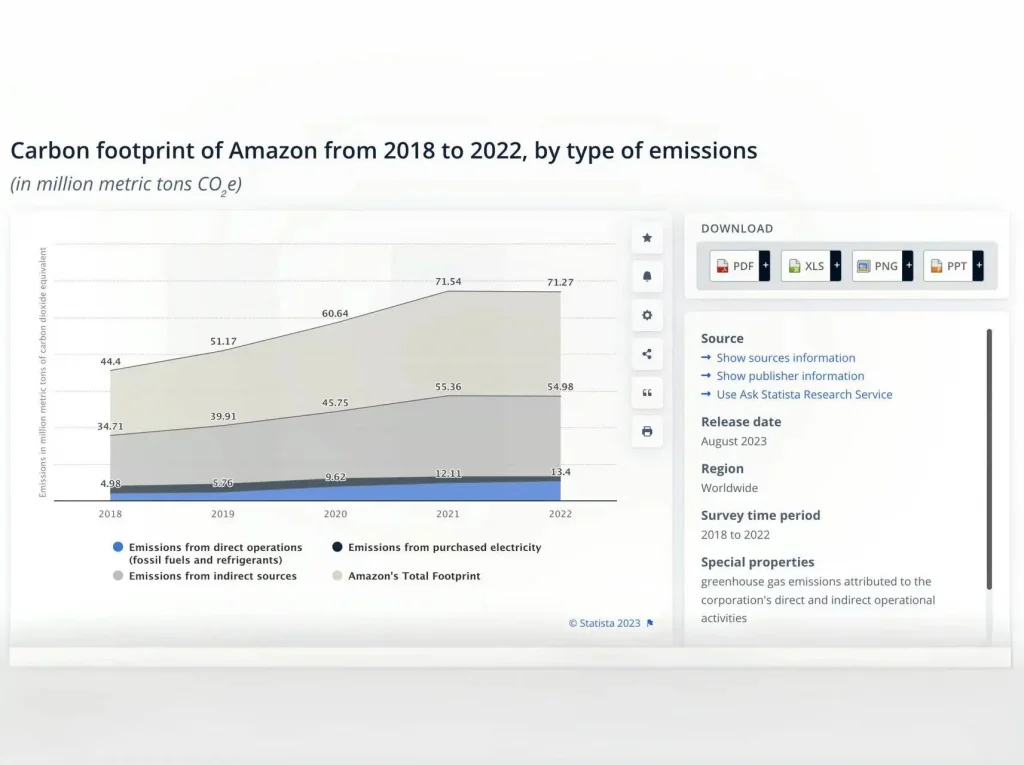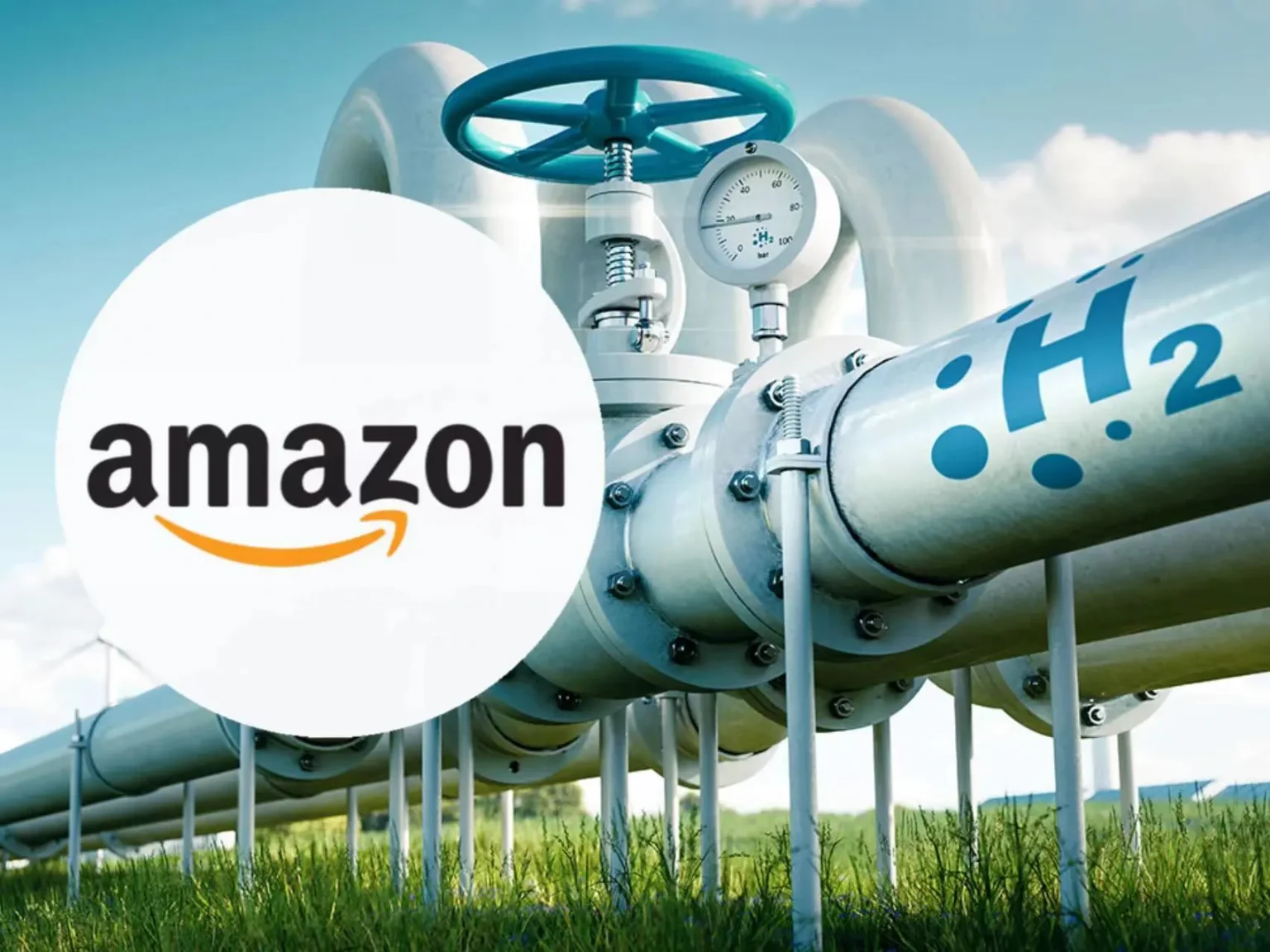- Amazon is partnering with Plug Power to produce hydrogen fuel on-site at fulfilment centres, with the hope of using it in hydrogen vehicles by 2040.
- Challenges include hydrogen’s flammability, inefficient energy use, and infrastructure limitations.
- Amazon’s move addresses environmental concerns but raises questions about progress and carbon footprint.
A good choice for heavy duty vehicles
In a move towards greener operations, Amazon has announced plans to produce hydrogen fuel at its fulfillment centers, signaling a potential shift in the e-commerce giant’s environmental strategy. Teaming up with hydrogen company Plug Power, Amazon aims to deploy electrolyzers, devices capable of splitting water molecules to produce hydrogen, at its fulfillment center in Aurora, Colorado. This endeavor represents Amazon’s first foray into on-site hydrogen production, a move that could redefine the efficiency and sustainability of its logistics operations.
Amazon’s push towards hydrogen is not merely symbolic; it addresses the unique challenges associated with the energy source. Hydrogen is often hailed as an ideal solution for heavy-duty applications, such as long-haul trucking or powering forklifts in warehouses. However, its widespread adoption has been hindered by formidable obstacles. Storing and transferring hydrogen pose significant challenges due to its high flammability, suboptimal density compared to electric vehicle (EV) batteries, and inefficient energy expenditure. The energy required to travel 100 km with hydrogen far exceeds that of EVs, highlighting a substantial efficiency gap.
Furthermore, the infrastructure for hydrogen refueling has been plagued by issues, from persistent leaks at stations to the expensive and energy-inefficient fuel cell technology. The limitations extend to the practicality of simultaneous refueling, adding complexity to the process. Amazon’s decision to embark on on-site hydrogen production, therefore, reflects a bold attempt to overcome these hurdles and contribute to the broader effort of decarbonizing its operations by 2040.
Also read: Amazon is trying to eat everything, even your sports games
Is hydrogen energy really green?
While the move is commendable, the environmental impact of hydrogen production remains a contentious issue. Hydrogen’s promise as a cleaner-burning alternative hinges on the transformation of its production process. Currently, the majority of hydrogen is generated using fossil fuels, leading to carbon dioxide emissions. Plug Power attempts to address this by utilizing electrolyzers, powered by renewable energy sources, to produce what is termed “green hydrogen.” However, the costliness of this method presents a formidable barrier that the Biden administration seeks to surmount through incentives and federal funding for clean hydrogen production.
The deployment of electrolyzers at the Colorado fulfillment center marks a step towards reducing tailpipe pollution associated with transporting hydrogen. Yet, the sustainability of this initiative depends on Amazon’s commitment to powering the electrolyzer with renewable energy. The company’s goal of matching its electricity use with renewable energy by 2025 aligns with its broader commitment to achieving net-zero greenhouse gas emissions by 2040. However, recent sustainability reports indicating a surge to 39 percent in carbon footprint raise questions about the company’s progress and the viability of its ambitious green targets.

The success of this initiative hinges not only on overcoming technical challenges but also on addressing the broader environmental concerns associated with hydrogen production. As Amazon navigates the green frontier, its actions will likely influence the trajectory of hydrogen adoption in the broader landscape of sustainable logistics.

